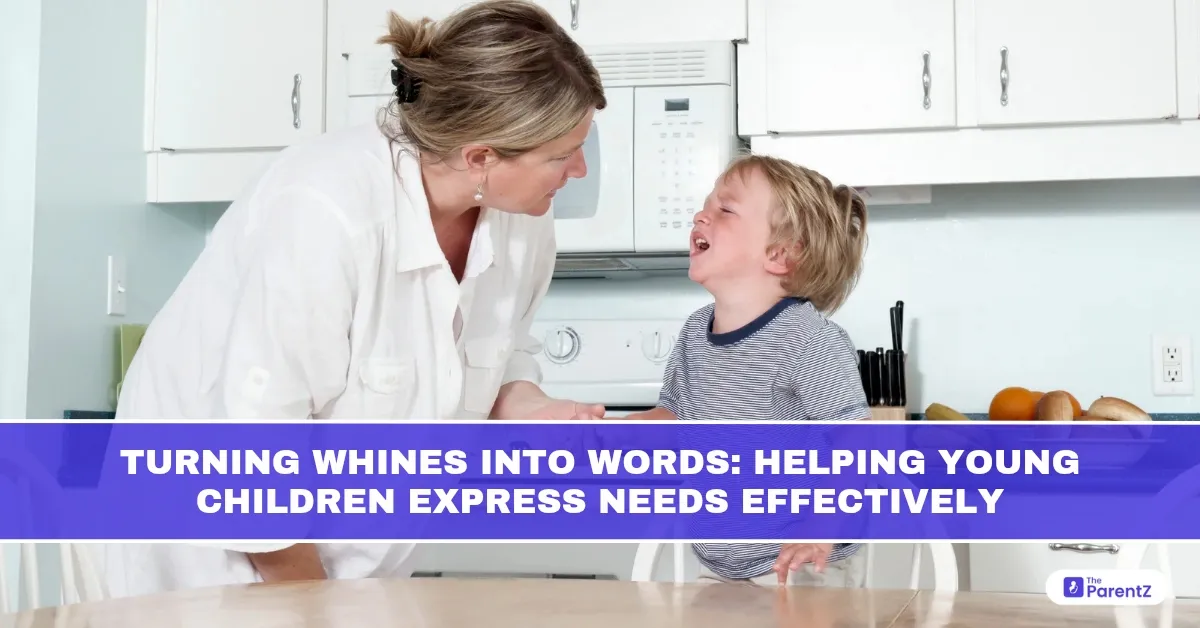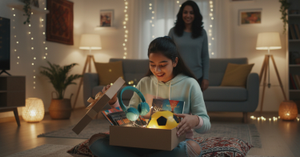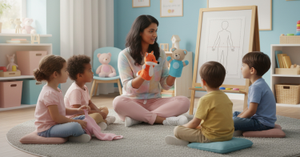The reality is—when your toddler starts whining, it can feel like someone’s scratching a chalkboard inside your head. The pitch, the persistence, the public setting—it’s enough to make even the most patient parent want to run for cover. But here’s the truth: whining isn’t about manipulation or drama. It’s communication. Unrefined, yes—but still a desperate attempt by your child to be heard.
If you’ve ever found yourself saying, “Use your words, please!” for the fiftieth time in a day, this one’s for you. Read this article to learn how you can help your little one find the words hiding beneath them.
Why Kids Whine?
Think of whining as a toddler’s version of Google Translate gone wrong. They know what they want—a snack, a toy, your attention—but their emotional vocabulary is still under construction. So instead of saying, “I’m frustrated because my block tower fell over,” they collapse in a puddle of high-pitched complaints.
Whining often shows up when:
- Kids are hungry, tired, or overstimulated.
- They feel ignored or overwhelmed.
- They lack the words to describe big feelings.
In short, it’s a communication gap.
Acknowledge the Feeling Behind the Whine
You might want to shut it down immediately (we’ve all been there), but the first step is recognition. Pause. Look them in the eye. Say something like:
“I hear you. It sounds like you’re really upset.”
By naming the emotion, you’re modeling the very skill you want them to learn. You’re saying, “Feelings are okay. Let’s figure out a better way to talk about them.”
Teach Emotional Vocabulary
Your child’s ability to self-express grows with the words they know. Make feelings part of your everyday conversation:
- “You’re smiling—are you feeling proud of that drawing?”
- “It’s okay to feel frustrated when the toy doesn’t work.”
- “You look worried. Want to talk about it?”
You don’t need flashcards or complicated charts. Just consistent, real-life language. Over time, your child will reach for those words instead of a whine.
Model the Calm You Want to See
If your response to whining is to snap or raise your voice (again, very normal), your child learns that escalation works. But if you respond with calm clarity—lowering your voice, speaking slowly—they learn that communication isn’t a battle.
You’re teaching more than language. You’re teaching tone, timing, and trust.
Offer Phrases They Can Use Instead
Sometimes kids just need a script. Keep it simple:
- “Can I have a turn, please?”
- “I need help.”
- “I don’t like that.”
Practice these phrases during calm moments. Use puppets, toys, or mirror games. Role-play is a toddler’s favorite classroom—and it works.
Praise the Progress
The first time your child uses a clear sentence instead of a whine? Celebrate it like it’s the Oscars.
“You said, ‘Can I please have water?’ That was so clear. I’m proud of how you used your words.”
Positive reinforcement teaches them that effective communication is not only possible—it’s powerful.
Conclusion
Helping your child express their needs is one of the most underrated forms of parenting magic. It takes time, repetition, and more deep breaths than you thought humanly possible. But the payoff? A child who feels seen, safe, and increasingly capable of navigating their world with words instead of wails.








Be the first one to comment on this story.